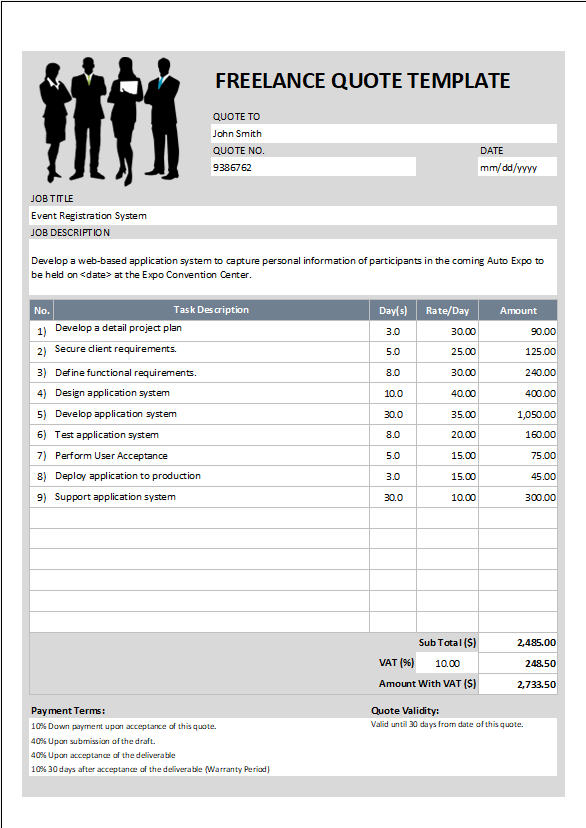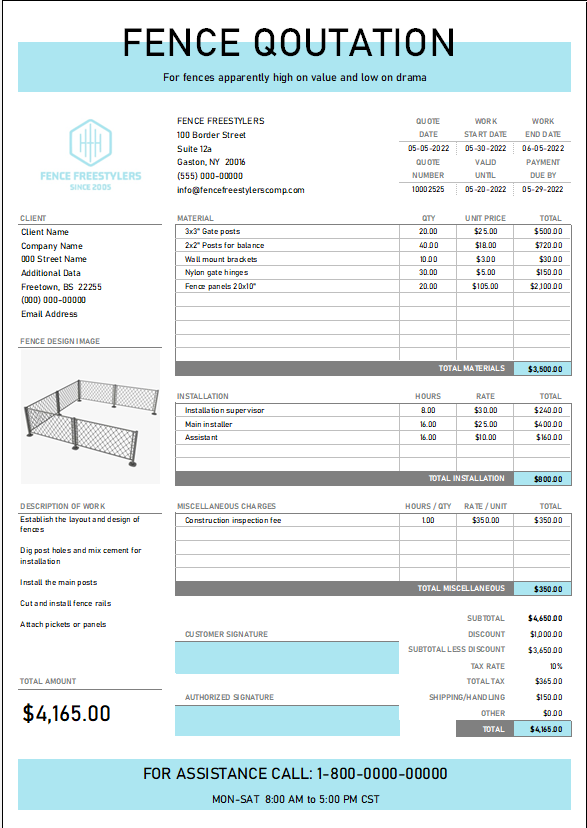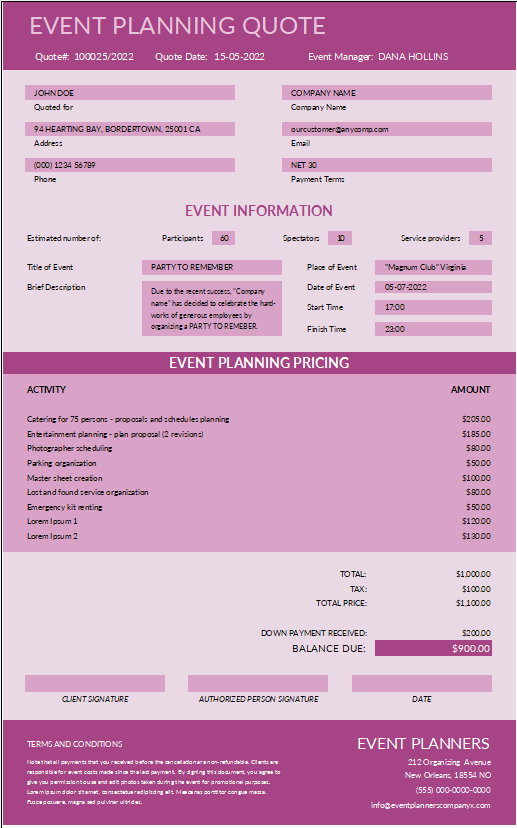Planning for a backpacking trip is somehow different from planning a typical camping trip. Where you go, the weather, and how long you will go make a huge difference in what you need to take. Create a checklist to make sure you don’t forget any essentials. The free backpacking checklist can help you get started.
Backpacking Essential
This Backpacking Checklist is originally created to hand out Scouts preparing for a trip. You need to make modifications based on specific plans but this should give you a good head start.
Hiking Trip Packing List
Do not go backpacking into the wilderness without people in your group having wilderness and remote first aid training. This means more than basic first aid skills or knowing how to start a fire. You may find a short-course in your community through the Boy Scouts or the American Red Cross.
Some of the most important injuries on backpack trips, besides cuts and scrapes, are sprained ankles and broken arms. Plan in advance how you will deal with a sprained ankle, so that you are all prepared when it happens.
Cell phones are not likely to work, so do not trust on them. Consider getting a ham radio license and taking a handheld 2m radio . A 2m radio usually has more enough power to reach the nearest repeater, even in remote areas.
Know exactly what are you going to do about water. It’s not possible to carry all your water with you. The general rule of thumb is that a person will use 1 gallon of water per day (however in hot weather with a lot of hiking, that could be 1.5 or even 2 gallons per day). Take water purification tablets and use them often. You can take powdered drink mix to make the water not taste so bad (and to replenish electrolytes). I’ve gotten heat exhaustion twice and it is NOT fun. Do not skimp on water. Always create a detailed plan and make sure somebody at home knows the details.







